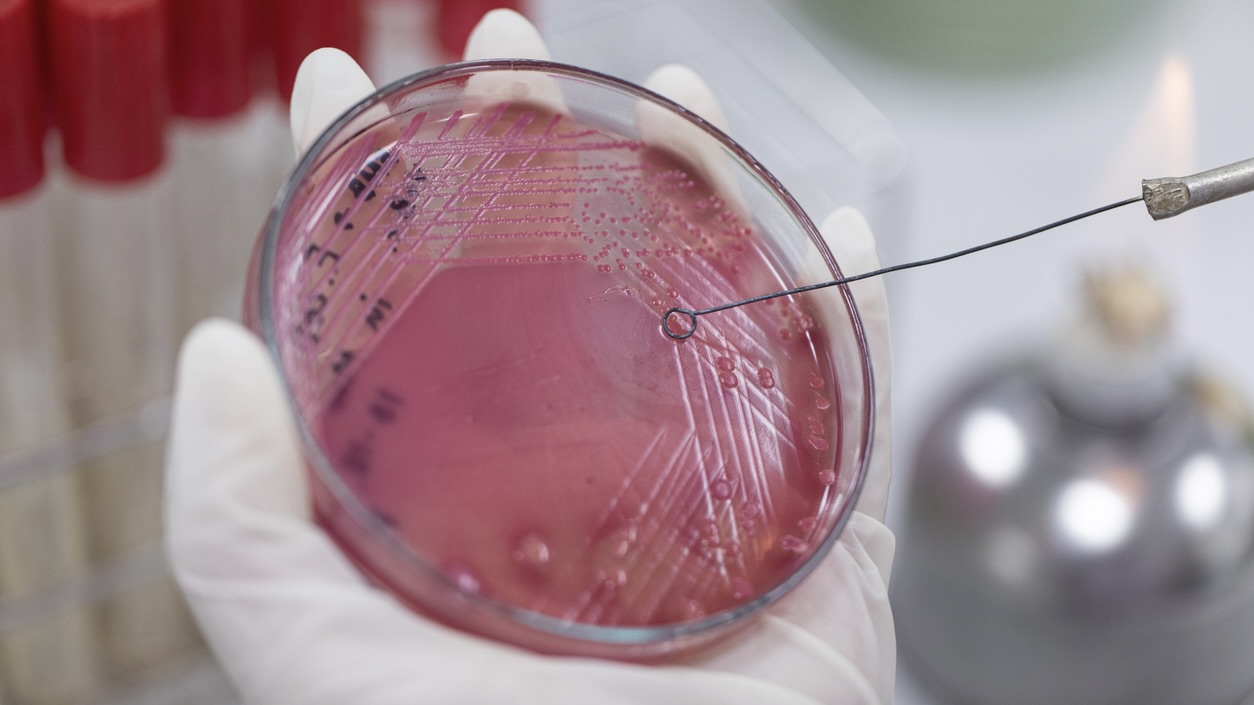The discovery opens up new directions for research, including the development of antibiotics that block the bacterial proofreading process and studies on how the human immune system detects and responds to such bacterial errors.
Published Jul 25, 2025 | 7:00 AM ⚊ Updated Jul 25, 2025 | 7:00 AM

Antimicrobial resistance has been recognised by the World Health Organization as one of the greatest threats to global public health.
Synopsis: Scientists at the CSIR-Centre for Cellular and Molecular Biology, Hyderabad, have discovered a quality control mechanism in bacteria that ensures proper construction of their protective cell walls. The study identified an enzyme called PgeF, which removes faulty building blocks during cell wall synthesis. The finding could pave the way for new antibiotics targeting this repair process, offering fresh hope in the fight against drug-resistant infections.
Scientists at the CSIR-Centre for Cellular and Molecular Biology (CCMB) in Hyderabad have discovered a previously unknown quality control mechanism in bacteria that helps maintain the strength of bacterial cell walls, potentially paving the way for new antibiotics.
The research team, led by Dr Manjula Reddy, found that bacteria possess a “proofreading system” that corrects construction errors in their protective outer walls. These findings have been published in the PNAS journal.
Antimicrobial Resistance, commonly known as AMR, has been recognised by the World Health Organization as one of the biggest public health challenges.
It happens when microorganisms such as bacteria and viruses stop responding to medicines that once killed them. This makes infections harder to treat and increases the risk of disease spreading, severe illness and death.
Thus, this discovery opens up new directions for research, including the development of antibiotics that block the bacterial proofreading process and studies on how the human immune system detects and responds to such bacterial errors.
Bacteria are protected by a strong outer cell wall made of a substance called peptidoglycan, which gives the cell its shape and keeps it from bursting. This wall is made up of sugar and amino acid chains that form a mesh-like layer.
Because peptidoglycan is found only in bacteria and not in human cells, it is a key target for many commonly used antibiotics.
The team at CCMB discovered that during cell wall construction, bacteria sometimes make mistakes – such as using the wrong type of amino acid. Instead of incorporating L-alanine (the correct amino acid) in a crucial first position, bacteria occasionally insert structurally similar but incorrect amino acids like L-serine or glycine.
The breakthrough revealed that bacteria use a specialised enzyme called PgeF (Peptidoglycan Editing Factor) as a molecular quality inspector. This enzyme detects and removes incorrectly placed amino acids, helping preserve the integrity of the cell wall.
“Using a powerful combination of genetics and high-resolution mass-spectrometry, we could see that PgeF specifically detects and removes the wrong amino acids to maintain the composition of the cell wall,” said Dr Shambhavi Garde, the first author of the study in a statement.
The findings have important implications for antibiotic development. By targeting bacterial vulnerabilities, scientists may be able to design drugs that either block this proofreading enzyme – making bacteria more susceptible to existing treatments – or interfere with the quality control system in other ways.
“By studying such vulnerabilities in cell wall synthesis, new ways of blocking bacterial growth can be designed,” said Dr Reddy.
Notably, a similar enzyme called LACC1 exists in humans and has been linked to several autoinflammatory diseases.
“What makes the discovery more intriguing is that a homolog of this enzyme is also present in vertebrates, and defects in the human enzyme, known as LACC1, are closely associated with several autoinflammatory disorders – health conditions where the body’s immune system is hyper-activated,” Dr Reddy said.
While the precise role of LACC1 remains unclear, the study suggests it may contribute to how the immune system responds to bacterial infections, potentially offering new strategies for treating inflammatory diseases.
(Edited by Dese Gowda)
